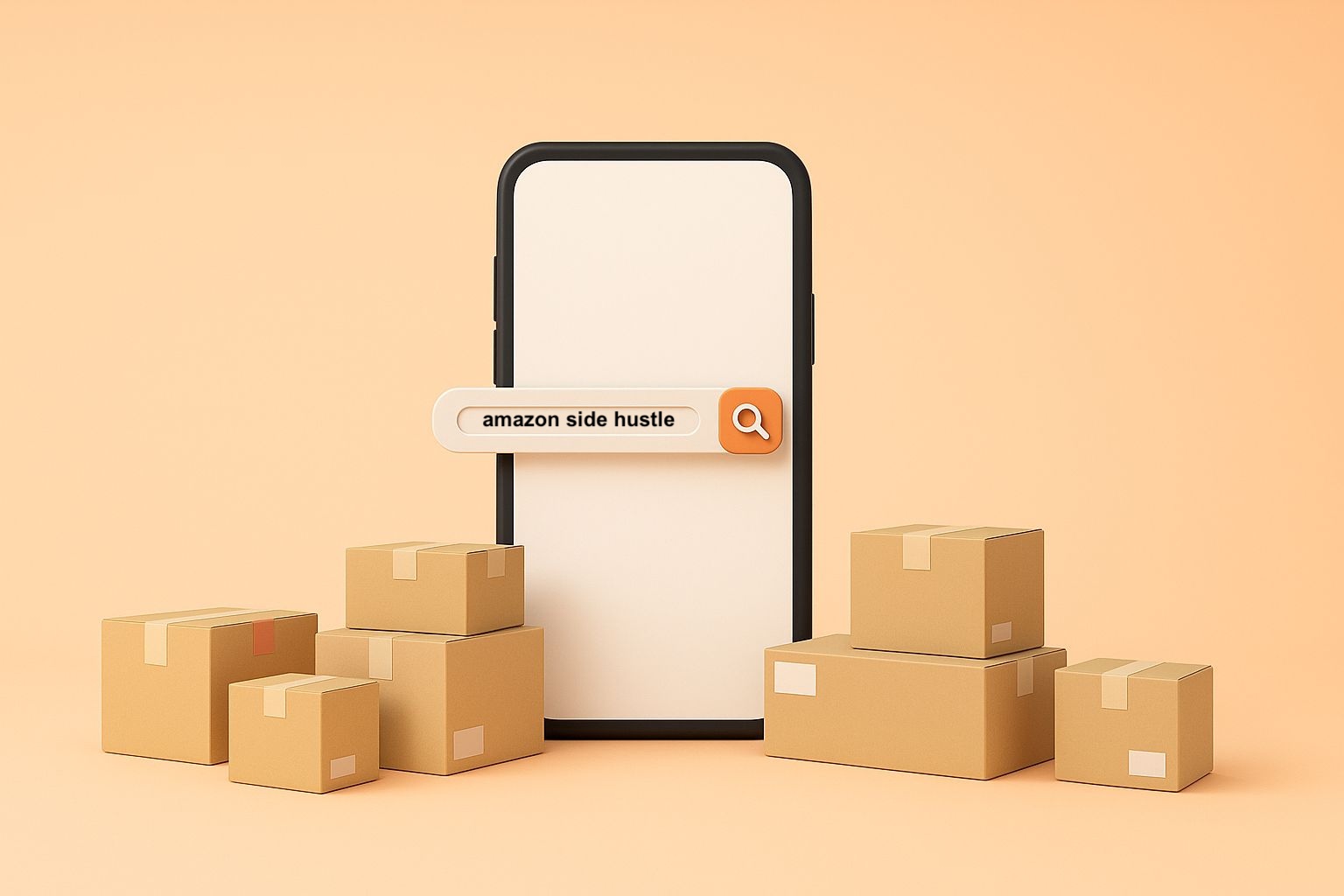New Amazon label? Products with high return rates could soon be labeled

Amazon introduces new labels that are intended to discourage customers from purchasing a product
Please what?
The new label is intended to appear on product detail pages that are returned above average often, and to make customers aware of this fact. This is reported by theinformation.com. Currently, the label is only available in the USA and has not yet been rolled out widely. However, what Amazon introduces in the USA usually also arrives on the German marketplace.
Label is intended to ensure informed purchasing decisions
The initiative is not a campaign to ruin the seller business, but is intended to reduce the return rate of products that are frequently returned. Especially in the e-commerce sector, returns are a major problem – not only for the environment and sustainability but also for sellers. Currently, one in four packages in Germany is returned, in categories such as clothing or shoes even more than one in two.
The new label is apparently intended to serve two purposes:
Instead of making returns per se chargeable and thereby alienating customers, the company is now trying to address the problem even before the purchasing decision. For sellers, the new label can be both a curse and a blessing at the same time.
Impact on Amazon sellers
On one hand, a low return rate is already a factor for the Amazon algorithm when it comes to rankings and Buy Box, and can also be economically beneficial for sellers. Additionally, the label may have the pleasant side effect that fake reviews and uninformative product descriptions from unscrupulous seller competitors lose significance in the competitive landscape.
On the other hand, sellers with a high return rate are under pressure – as the labeling is likely to actually deter many customers from making a purchase. It would not be surprising if the new label were to be incorporated as a ranking factor in the display of search results sooner or later.
What effects marketplace sellers can expect from the labeling therefore largely depends on their own situation. Products with a low return rate could benefit; products with a high return rate, on the other hand, could lose sales. So what is to be done now?
5 tips for preparing for the new Amazon label
The be-all and end-all is likely to be to reduce the return rate. This can be achieved with various measures that should be tailored to the seller’s situation. Instead of blindly optimizing and investing a lot of time and money, sellers should first find out why their return rate is higher than that of comparable products. The following tips can serve as guidelines.
Conclusion: Informed purchasing decisions as an opportunity
The new Amazon label can be an opportunity for professional sellers. Unscrupulous competitors who buy fake reviews or fill their product detail pages with misleading information will face some opposition.
Moreover, reducing one’s own return rate is a sensible endeavor for various reasons. However, it is important to turn the right screws and compare one’s own business with market standards for analysis.
Image credit: © piter2121 – stock.adobe.com







